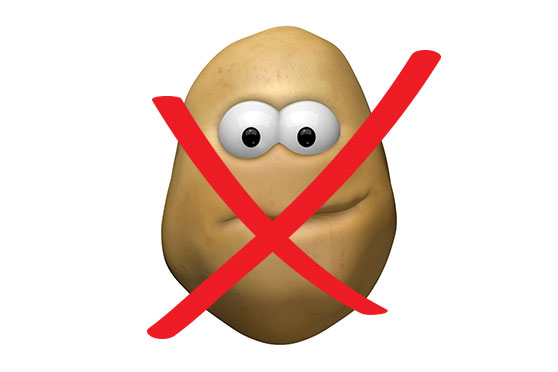When I first heard of GAPS diet, I thought, “Oh no, not another special restrictive diet.” But then I read that GAPS was an acronym for Gut and Psychology Syndrome and that it can be used to heal learning disorders, based on a connection between the gut and the brain. I became very interested in finding out more because my two oldest children have attention deficit disorder, my younger daughter has Asperger’s, and my youngest son has some sensory and regulation issues. I wanted to know if this diet could help them. I wanted to know how this diet was different than what I was already doing at the time. They had all been tested for allergies and most of them were already gluten free. Their symptoms were reduced, but was there something more I could do for them?
The premise of this diet is that it heals the gut. Okay, I reasoned. But there are other diets that claim to heal the gut, such as rotation diet, elimination diet, candida diet, juice fast, specific carbohydrate diet, and Paleo diet. What is GAPS diet in relationship to these? We had already done the elimination diet to discover allergies that were not revealed by testing. After that, we did a relaxed version of the rotation diet, meaning that we varied our foods from day to day but didn’t do a strict food schedule. Other than my oldest son who was exposed to antibiotics at birth, none of my children had ever had antibiotics (and after birth, my eldest son hadn’t, either) or any other types of medications that might damage gut flora, so I didn’t really feel it necessary for them to do a candida diet. I wasn’t sure it was safe for children to do juice fasts, and again, I wasn’t sure if it was necessary for them.
As I learned more about the GAPS diet, I wondered whether it applied to them. It is based on the idea that carbohydrates that are not fully digested are left in the gut to feed bad bacteria, ultimately causing impaired digestion, increased mucus production, and increased acidity that cause damage to the intestinal tract. Were my kids still eating lots of hard to digest carbohydrates even though they were gluten free? Maybe. I still hadn’t implemented GAPS, but started soaking the grains that the kids and I were eating to increase their digestibility. These were grains such as millet, quinoa, rice, and oats. I hadn’t discovered the Paleo diet yet.
As I continued to learn about this diet, I was drawn by the dramatic stories of autistic children who couldn’t talk suddenly able to talk again after being on this diet. I read about schizophrenic patients recovering, children with dyslexia being able to read fluently, and many other amazing stories. Even though my own children had never had those same severe problems, I still wondered in the back of my mind if I was doing all that I could do for them. You know how a mother worries and wants to provide the best for her kids. I was especially intrigued about the data linking the nervous system to the intestines. The reason that these people had experienced such profound changes is because there is a “second brain” so to speak in the lining of the gut. It consists of nerve cells that run the entire length of the digestive tract, from beginning to end. Research has shown that these nerve cells communicate with the brain and affect our moods. Anxiety and depression, for example, have been linked to irritable bowel syndrome. Some neurotransmitters, such as serotonin, are made by bacteria in the intestinal tract and there has even been some research that suggests that the lack of a healthy balance of gut microorganisms can affect early brain development in children. This was the information that I needed. Weren’t my children’s issues primarily neurological?
However, at the moment I thought I might put this diet into action, I found that it was going to be nearly impossible to implement. How could I get my entire family to eat nothing but broth and a few non-starchy vegetables with little bits of fatty meat for a week or more? This was only the first stage of the diet. And even if they were okay with that for a short time, the following stages were only a bit more diverse. So how was I going to get them to only eat soup, eggs, fermented fish, and stew for a month or more? Were my children’s issues severe enough to make it worth the fights over food? I decided that (1) their issues were rather mild, and (2) the small improvement that I expected was not worth sacrificing our relationship over.
I continued to soak the grains they were eating and trying to encourage them to eat starchy vegetables such as potatoes, carrots, sweet potatoes, and beets instead of grains. Then, last year, I discovered the Paleo diet. The Paleo diet has a lot in common with the GAPS diet. Both encourage eating bone broth, lacto-fermented vegetables, and limited amounts of fruits and natural sweeteners. Both eliminate all grain products and most legumes. However, the Paleo diet is more restrictive on dairy and legumes, and the GAPS diet is more restrictive on starchy vegetables and cured meats. While the emphasis in the GAPS diet is a balance in gut bacteria, the emphasis in the Paleo diet is on reducing inflammation. I find it very interesting however, that many of the foods that cause an imbalance in gut bacteria also cause inflammation. So in following a Paleo diet, I have inadvertently adopted some of the same dietary principles as the GAPS diet.
Please comment below with your thoughts about the GAPS diet.





Leave A Comment